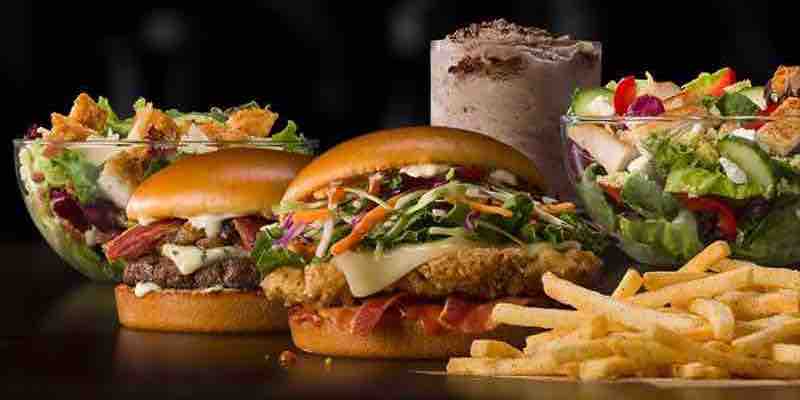Ghost Kitchens: The Invisible Culinary Revolution

The article from USA Today delves into the burgeoning world of ghost kitchens. This phenomenon has seen rapid growth alongside the rise of food delivery services, particularly during the COVID-19 pandemic. Ghost kitchens, also known as dark or cloud kitchens, are commercial cooking spaces that produce food solely for delivery, with no dine-in option or storefront. These kitchens often operate out of existing restaurants or designated kitchen spaces and partner with delivery services like Uber Eats, GrubHub, and Postmates to sell their culinary creations.
The concept allows for a significant reduction in startup and operational costs compared to traditional restaurants, making it an attractive option for entrepreneurs, small business owners, and even celebrities to launch a food brand. The article highlights the story of popular YouTuber MrBeast, who launched his ghost kitchen brand, MrBeast Burger, and the subsequent challenges he faced, including a lawsuit against his ghost kitchen partner over quality issues.
For those interested in starting a ghost kitchen, the article outlines the necessary steps, from obtaining the proper licenses and permits to choosing a kitchen space, whether a shared kitchen or a dedicated dark kitchen. It also mentions the potential of partnering with ghost kitchen management companies like Virtual Dining Concepts, CloudKitchens, Nextbite, and Ghost Kitchen Brands to streamline the process.
For a deeper understanding of this innovative approach to food service, read the full article on USA Today: Exploring the Ghost Kitchen Boom.
Ensuring Quality Control Across Ghost Kitchen Operations
Ghost kitchen brands can ensure consistent food quality across multiple locations by implementing standardized recipes, rigorous training for kitchen staff, and regular quality audits. Centralized procurement of ingredients can also help maintain consistency. Additionally, leveraging technology for quality control processes, such as digital checklists and real-time monitoring systems, can help uphold standards. However, the challenge lies in maintaining these standards without the direct oversight of a traditional restaurant setting.
Cultivating Brand Identity for Ghost Kitchens
Ghost Kitchen brands can establish a strong brand identity by focusing on digital marketing strategies, such as social media engagement, influencer partnerships, and online storytelling, highlighting their unique selling points. They can also create a consistent and appealing visual brand across all platforms and packaging. Customer reviews and word-of-mouth will play a significant role, as will the quality and uniqueness of the culinary experience they offer. The lack of a physical presence means these brands must work harder to create a memorable and distinctive virtual presence.
Navigating the Regulatory Landscape for Ghost Kitchens
As ghost kitchens grow in number, they may face regulatory challenges similar to traditional restaurants, including health and safety standards, labor laws, and zoning regulations. Additionally, as a new model, there may be new regulations explicitly developed for ghost kitchens, such as transparency in branding and disclosures about where food is prepared. These businesses must be agile and compliant, adapting their operations to meet evolving regulations while still trying to benefit from the lower overheads and flexibility that ghost kitchens provide.